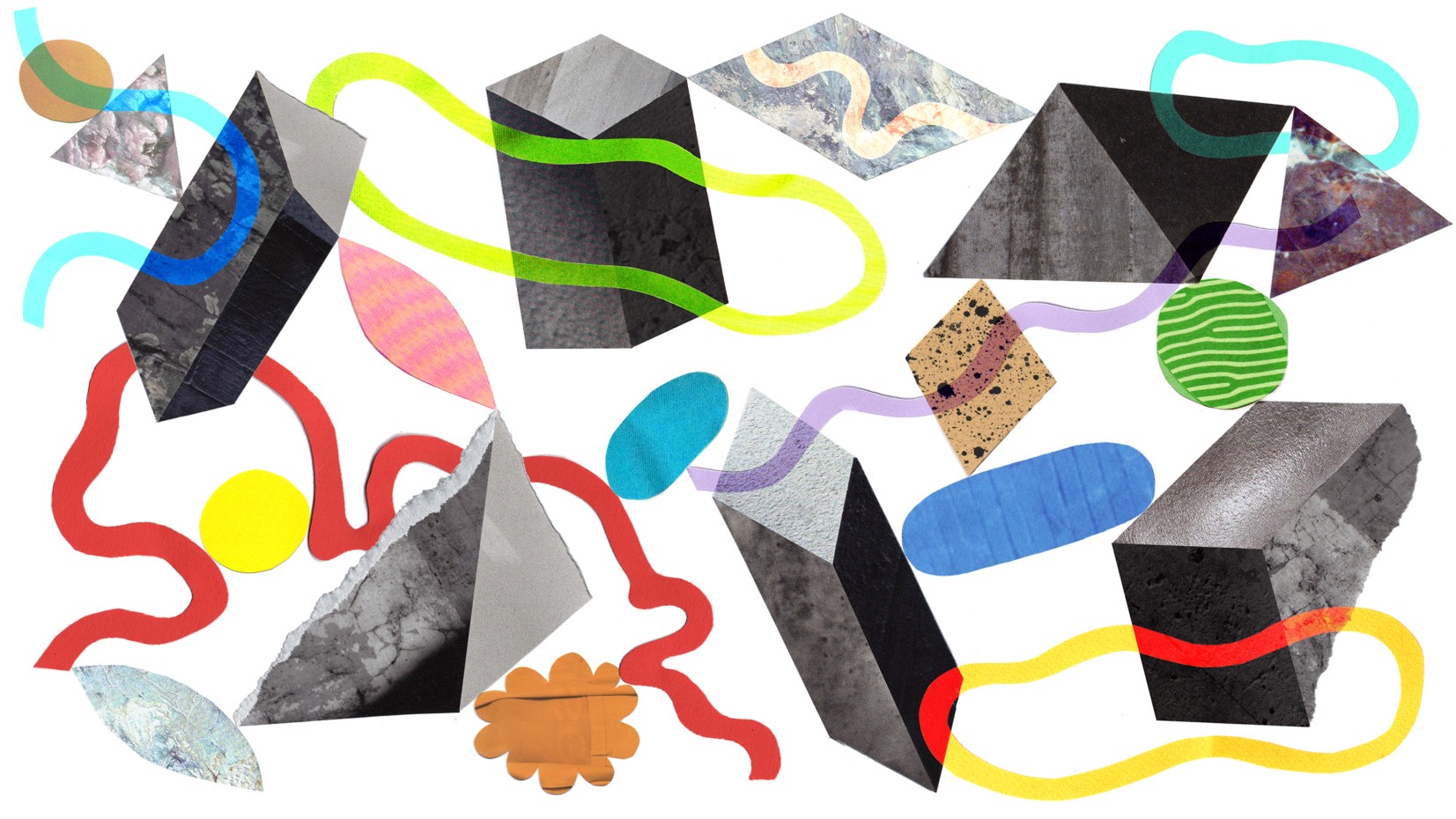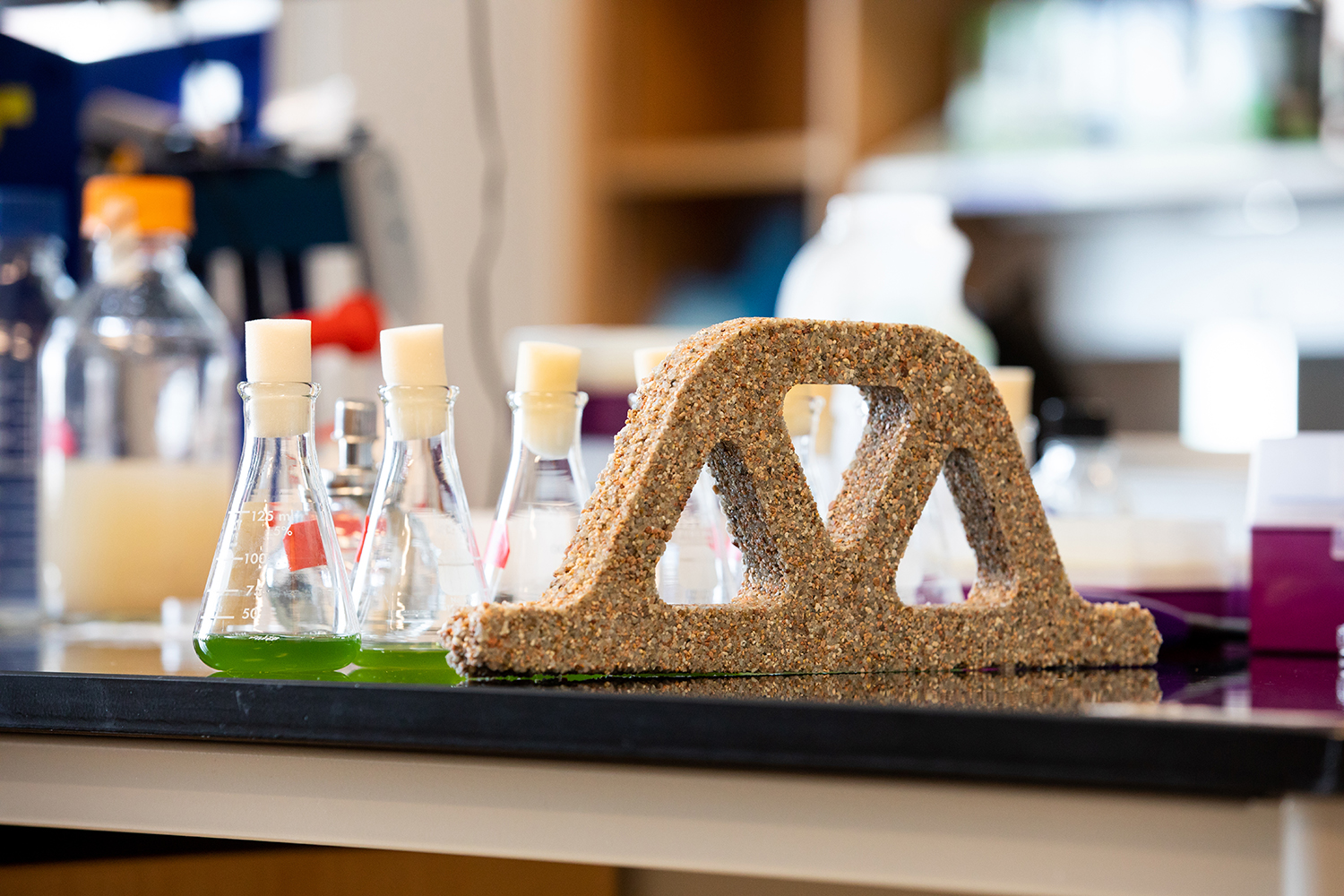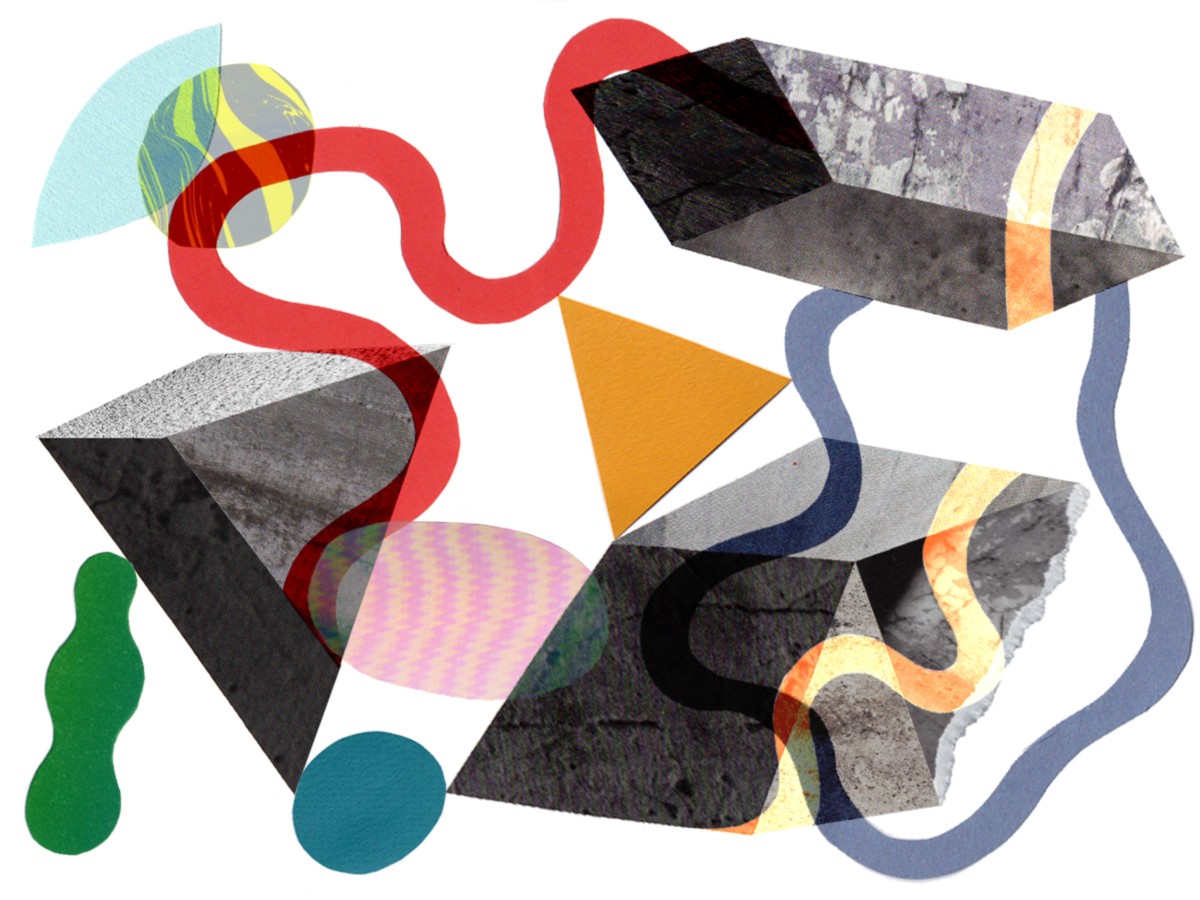
Image: Saskia Pomeroy
The words “living” and “concrete” are rarely paired together. Or at least they were until January 2020, when a team of scientists developed a living concrete that absorbs CO2 and can even heal its own cracks.
Described as a “Frankenstein material”, partly because of its green colour, the discovery was made by researchers at the University of Colorado Boulder. The team mixed the concrete with cyanobacteria, a type of microbe that captures energy through photosynthesis, which is a process that absorbs CO2.
The bacteria, when mixed with gelatine, sand and nutrients in a liquid form, also forms building blocks – albeit not as strong as regular bricks.

A weighty issue
This is the latest in a string of developments that might signal that one of the built environment’s “dirtiest” components (cement, a key ingredient to concrete, is responsible for about 8% of the world’s CO2 emissions) is cleaning up its act.
But although they are promising, it’s too early to say whether these solutions are scalable, particularly in instances where this material is used in critical, load-bearing structures.
“The benefits of knowing this thing will be able to self-heal are incredible but they’ve still got a long way to go, as this is all still being done in a laboratory,” says Elaine Toogood, head of architecture at the Concrete Centre. “They’ve had some great success, but the next step is for it to work at lower temperatures, with [the experiments to date having] been done at warm temperatures.”
That said, non-critical structures such as floor or roof tiles offer a quicker route into using these materials on a wider scale, as Elizabeth Gilligan’s company, Material Evolution, is showing
The company specialises in developing sustainable concretes, which Gilligan says is focused initially on creating paving or permeable roads.
Gilligan co-founded Material Evolution after she completed her PhD on sustainable concrete. Speaking at a Concrete Centre webinar, she explained: “During the PhD, we were able to develop a concrete that was made from up to 90% waste and reduces the concrete’s carbon consumption by up to 85%.
“The added benefit of our concrete is that it absorbs atmospheric CO2 and reduces the urban heat zone in cities, while also collecting pollutants in the atmosphere.”

Building for biodiversity
A critical part of her research was testing the material’s scalability to understand what impact it could have on the built environment. Her team tested 80 concrete panels over a six-month period to see how they interacted with different climates.
Gilligan says the installation led to biodiversity net gain within the quad where the panels were installed. It also created habitats for invertebrates and other wildlife within this time, something they didn’t predict would happen so quickly.
Marcos Cruz, professor of innovative environments at UCL, is another academic who is marrying the built environment with biology. He is director of the Bio-Integrated Design lab at the Bartlett School of Architecture, which is bringing together architecture and biochemical engineering.
His testing has been focused on the use of cryptogams within concrete. “What I’m interested in with concrete, being the most used material on earth after water and surely in the construction industry, is that its unsustainability in terms of its production needs to be offset with growth [of cryptogams],” he said during the webinar.
Of course, another critical element to these developments is cost and speed of delivery; with many of these tests being in their infancy it’s hard to put a figure on either of these points.
For Toogood, however, this will “come down to how much desire there is for it”, an interesting final thought, given that climate change is creeping up the agenda for many businesses across the world.
“We were able to develop a concrete that was made from up to 90% waste and reduces the concrete’s carbon consumption by up to 85%”
